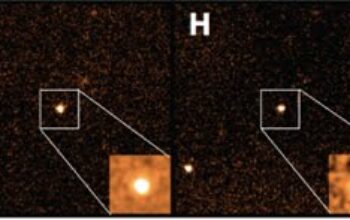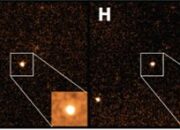Trapped ion quantum computers are gaining recognition as one of the most promising architectures in the burgeoning field of quantum computing. These systems leverage the peculiar properties of quantum mechanics to process information in ways that classical computers cannot achieve. The fascination with trapped ion technology can be attributed to several factors, including its remarkable stability, coherence, and potential for scaling—a combination that may lead to the realization of fault-tolerant quantum computing.
At the heart of trapped ion quantum computing lies the manipulation of ions, which are charged atomic particles. These ions are suspended in free space and held in place using electromagnetic fields created by carefully arranged laser beams. The ingenious design of these traps allows for the precise control of ion positions and interactions, leading to high-fidelity quantum gate operations. Such levels of control are crucial for the performance of a quantum computer, which hinges on the ability to perform operations with minimal error rates.
One compelling aspect of trapped ion systems is their coherence times—the duration over which the quantum state of an ion remains stable. Unlike other quantum systems, such as superconducting qubits, trapped ions can maintain their quantum information for significantly longer periods, often exceeding seconds. This extended coherence provides a fertile ground for implementing complex quantum algorithms, which require numerous sequential operations. Building upon this, the mechanisms for error correction can also be realized more effectively, directly addressing one of the primary challenges facing quantum computing.
Furthermore, the intrinsic engineering of trapped ion systems facilitates interaction between multiple qubits. Entanglement, a cornerstone of quantum computing, is achieved through controlled interactions mediated by laser pulses. What makes this particularly fascinating is not just the manipulation of individual qubit states, but the combination of qubits into entangled states that enable quantum superposition. This phenomenon is critical for performing operations that surpass classical capabilities, such as quantum parallelism in algorithms like Shor’s and Grover’s.
The promise of scalability is yet another intricate layer of interest surrounding trapped ion technology. With advancements in microfabrication and laser technology, researchers are tirelessly pursuing designs that will allow for the integration of a larger number of qubits into a single system. These architectures may include linear ion traps or two-dimensional arrays. As the number of qubits increases, so too does the computational power; however, this must be balanced against the challenges of maintaining coherence and minimizing error rates across the system.
Despite the advantages inherent in trapped ion systems, it is imperative to recognize the obstacles that still lie ahead. During the scaling process, issues such as qubit crosstalk and coherence degradation become more pronounced. Addressing these challenges requires not only innovative engineering solutions but also a profound understanding of quantum mechanics—a dual approach that underscores the interdisciplinary nature of quantum research.
Moreover, researchers are actively exploring hybrid systems that could merge various quantum technologies, capitalizing on their strengths while mitigating their weaknesses. The interaction between trapped ions and other qubit systems could lead to novel architectures capable of overcoming current limitations. One viable avenue involves coupling trapped ions with superconducting qubits to leverage the rapid gate operations of superconductors while benefiting from the long coherence times of trapped ions.
A further dimension of intrigue is added by the diverse potential applications of trapped ion quantum computers. From cryptography to material science, quantum computing has the potential to revolutionize numerous fields. Applications such as factoring large integers could transform modern encryption techniques, while simulations of quantum chemical systems might pave the way for breakthroughs in drug discovery and material optimization. Each of these prospects not only demonstrates the utility of this technology but also emphasizes the profound impact that quantum computing could have on society as a whole.
Moreover, the research surrounding trapped ions extends beyond purely technical advancements. It prompts philosophical inquiries into the very nature of reality, computation, and information. As trapped ion systems bridge our understanding of classical and quantum realms, they challenge our notions of what is computable and the limits of human knowledge. This intersection of practicality and theory fuels a broader fascination and drives engagement within various disciplines—a hallmark of truly transformative scientific endeavors.
In conclusion, the allure of trapped ion quantum computers is multifaceted, rooted in their robust design and exceptional capabilities. These systems exemplify the confluence of experimental physics and innovative engineering, shaping a promising frontier in quantum technology. Their potential to catalyze unprecedented computational power and solve complex problems makes them a focal point for researchers and technologists alike. As advancements continue, the evolution of trapped ion quantum computing may redefine our understanding of computation, ushering in a new era of exponential growth and discovery in the field of technology.










